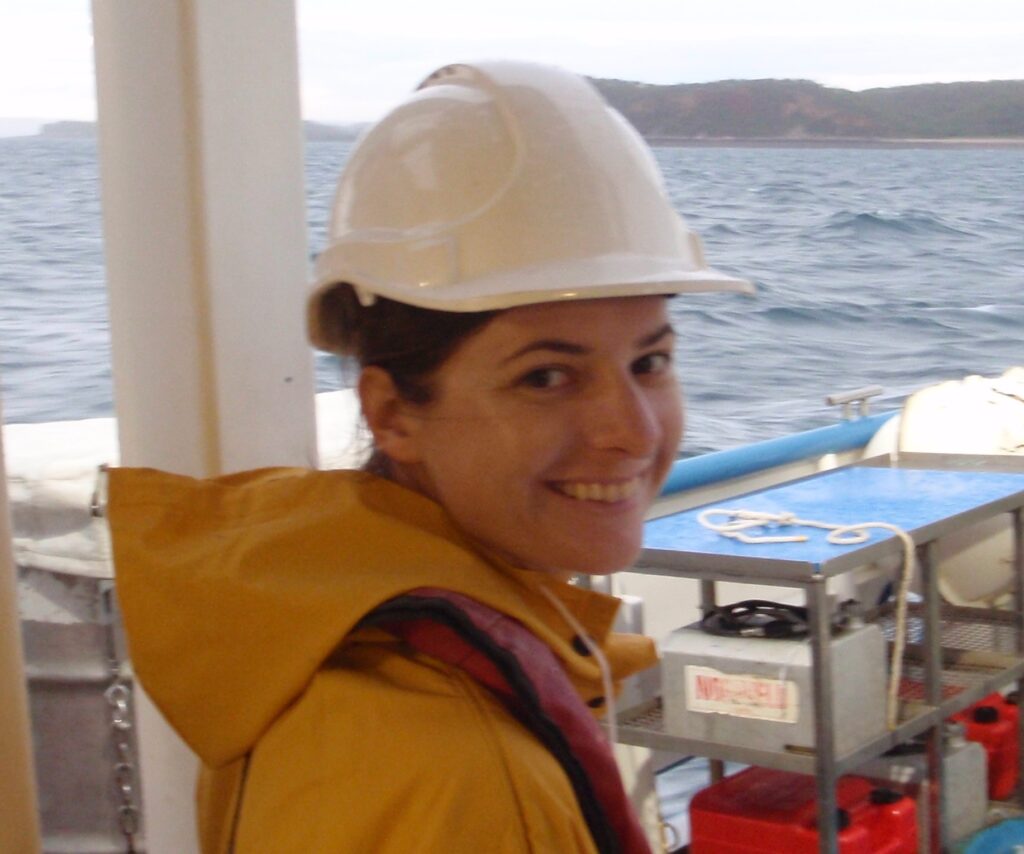Keynote and Invited Talks
Keynote and Invited Talks
The committee is delighted to welcome our exceptional invited speakers representing a wide range of areas in fluid mechanics research.
Professor Herbert Huppert:
Cambridge University
Title: A review of the life and accomplishments of George Batchelor; granular collapses; and defending against tsunamis
Bio
Herbert Huppert was an undergraduate at Sydney University, enrolled in Engineering for the first two years, pure and applied mathematics in his third year and graduated with the University Medal in applied mathematics and the Baker Travelling Fellowship in his final year. He then completed a Masters degree at ANU before doing a Ph. D. at UCSD. In 1968 he moved, on a two-year Fellowship funded by ICI, to Cambridge, to continue his work in DAMTP. He has not yet left ! He was elected to The Royal Society in 1987 and became the Founding Director of the Institute of Theoretical Geophysics in 1989. He has published some 285 papers dealing with fluid mechanics, in particular as applied to the Earth Sciences. Current areas of active research include: phase changes between fluid and solids (solidification and melting); formation of ice in the Arctic and Antarctic; propagation of gravity currents; particle-driven flows; turbidites and pyroclastic flows; flow of granular material; volcanic eruption dynamics; slow viscous motions; flow in porous media; carbon-dioxide sequestration; extreme natural hazards; flows through coral reefs; and defense against tsunamis. He was awarded the Bakerian Lectureship of The Royal Society in 2011 and a Royal Medal in 2020. He was also awarded the US Academy of Science Arthur L. Day Prize and Lectureship in 2005, is a Fellow of the American Geophysical Union (since 2002), the American Physical Society (since 2004) and was The Australian Academy of Sciences Selby Public Lecturer in 2019.
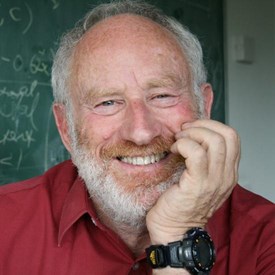
Professor Joanna Austin
California Institute of Technology
Title: Nonequilibrium in Shock-Dominated Hypersonic Flows
Bio
Joanna Austin is Professor of Aerospace at the Graduate Aerospace Laboratories, California Institute of Technology. She received B.E. (Mechanical and Space Engineering) and B.Sc. (Mathematics) degrees from the University of Queensland, Australia, and M.S. followed by Ph.D. (2003) degrees in Aeronautics from the California Institute of Technology. Austin then joined the faculty in the Aerospace Engineering department at the University of Illinois, becoming Associate Professor and Willett Faculty Scholar, before moving back to Caltech in 2014, where she is a co-PI in the Caltech Hypersonics Group, home to the T5 and HET hypervelocity facilities. Honors and awards include Associate Fellow and former Associate Editor, AIAA, Xerox Award for faculty research at Illinois, the NSF CAREER Award, Best Paper Award from AIAA Fluid Dynamics, and the Young Investigator Award AFOSR.
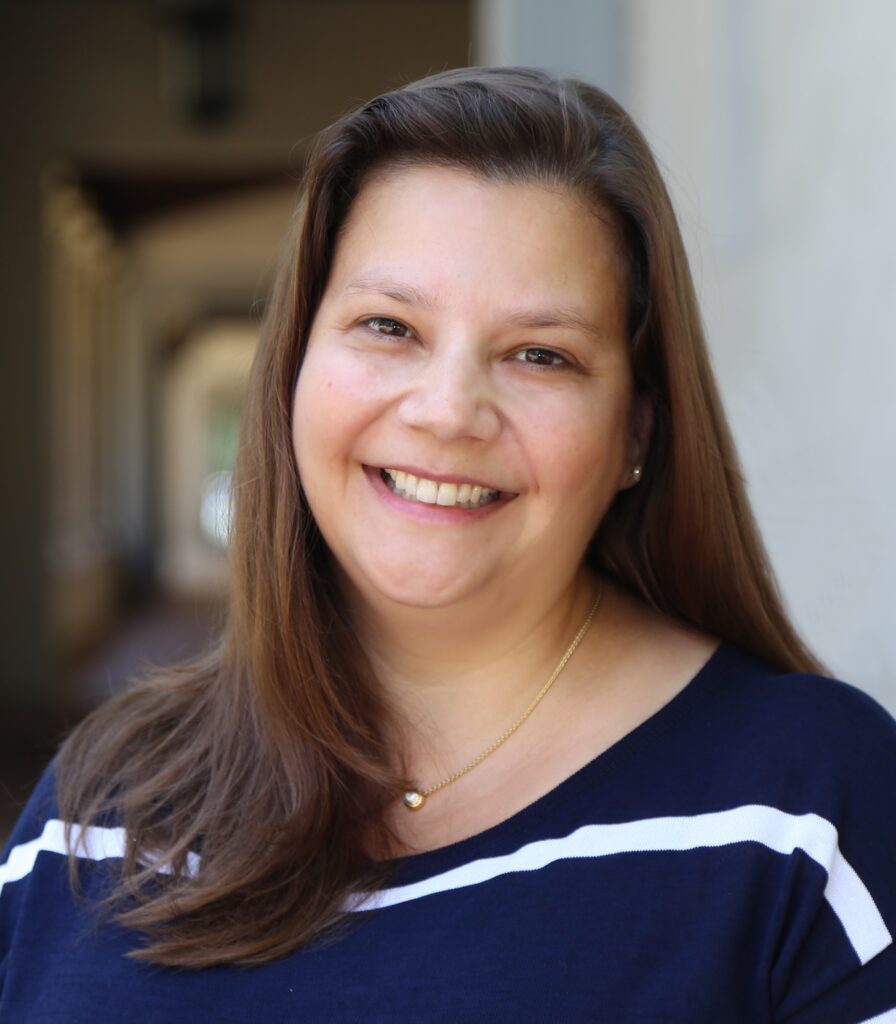
Associate Professor Sam Mallinson
Memjet / University of New South Wales
Title: Fluid Dynamics and Heat Transfer in Thermal Inkjet Printers
Bio
Sam Mallinson is a Principal Engineer at Memjet Australia and an adjunct Associate Professor at the University of New South Wales, Sydney. He received a B.Sc. (Physics) degree in 1991 from the Australian National University and a PhD (Aerospace Engineering) in 1995 from the University of New South Wales, Canberra. He undertook post-doctoral work at Imperial College, London from 1996-1998 and at the University of Technology, Sydney from 1998-2000. He has worked at Memjet Australia (formerly Silverbrook Research) since 2000, and has held an honorary position at the University of New South Wales, Sydney since 2017. His work at Memjet focusses on industrial problems related to inkjet printing, including such topics as microfluidics and MEMS, multiphase flows including bubbles, droplets, capillary effects and moisture transport, ink material properties, forced convection and conjugate heat transfer, coupled fluid-structure interaction and hydraulic system modelling.
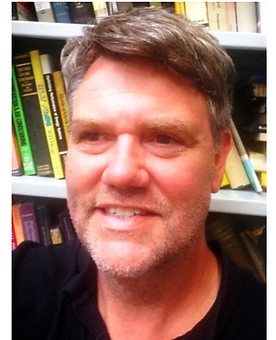
Professor Nicky Eshtiaghi
RMIT University
Title: Sludge Rheology and its impact on pipeline transportation of sludge
Bio
Nicky Eshtiaghi is a Professor of Chemical Engineering at RMIT University, an Engineers Australia (EA) Fellow and Chartered Engineer, a Fellow of the Higher Education Academy (FHEA, UK), the President of Australian Society of Rheology and an Editor in Chemical Engineering Research and Design Journal (Q1, Elsevier). She leads Sustainable Waste Processing Laboratories which investigates the flow behaviour of solid residue (sludge) from wastewater treatment plants with the aim of optimizing the energy efficiency of processes in sludge treatment lines. She has extensive research experience in process optimisation, biomass pretreatment, anaerobic digestion, biomass to hydrochar and biofuels conversion technology, and circular bioeconomy.
She is the recipient of several prestigious awards including 2015 Engineers Australia’s Victorian Professional Engineer of the Year for engineering competence, leadership skills, creativity, innovation, and conspicuous service to industry, the profession and society, the 2017 Australian Awards for University Teaching (AAUT) for outstanding contribution to students learning, and Australia’s Most Innovative Engineer recognition in 2020 (Utility). Her industrial impact in project development and continuing engagement with industry is evident through three successful ARC Linkage grants.
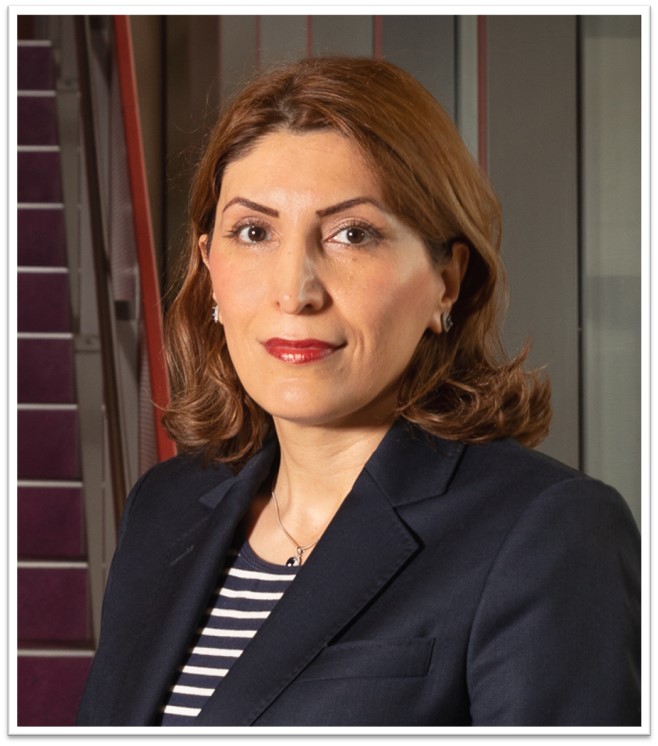
Associate Professor Daniel Chung
Melbourne University
Title: Riblets drag reduction and rough-wall heat transfer according to minimal channels
Bio
Daniel received his B.E. (Mechatronics) / B.C.S. from the University of Melbourne in 2003 and his Ph.D. (Aeronautics) from California Institute of Technology in 2009. After his postdoctoral research on low clouds at the NASA Jet Propulsion Laboratory, he joined the Department of Mechanical Engineering at the University of Melbourne as Lecturer in 2012, where he is currently Associate Professor. Daniel and his students, colleagues and collaborators have been numerically simulating and physically modelling wall-bounded turbulent flow and turbulent thermal convection, especially over rough surfaces. Current topics include improving predictions of riblets drag reduction, rough-wall heat transfer, ship-hull roughness drag penalty and sea-wave drag. Daniel won the 2019 TSFP Kasagi Award with citation, “For novel numerical simulations and insightful analysis to answer fundamental questions in turbulence.”

Associate Professor Nicole Jones
University of Western Australia
Title: Mixed, not stirred: The Momentum, heat and sediment fluxes driven by nonlinear internal waves
Bio
Associate Professor Nicole Jones is a Physical Oceanographer at the University of Western Australia. She uses a combination of field observations and numerical modelling to study primarily relatively small-scale ocean dynamics, including turbulent mixing, internal waves, and ocean eddies. Understanding these processes is vital to quantify the transport of heat, pollutants and nutrients around the ocean. Nicole has extensive fieldwork and cruise experience and a particular interest in the development of novel field-observation techniques. Nicole has been an Editor for the Journal of Physical Oceanography since 2018. She represents the Western Australian marine science community by leading the Western Australia node of Australia’s Integrated Marine Observing System (IMOS). Since 2019 Nicole has served on the Research Advisory Committee of the Marine National Facility. Nicole is passionate about the advancement of STEM women into leadership roles and is involved in both local and national efforts to achieve this.
